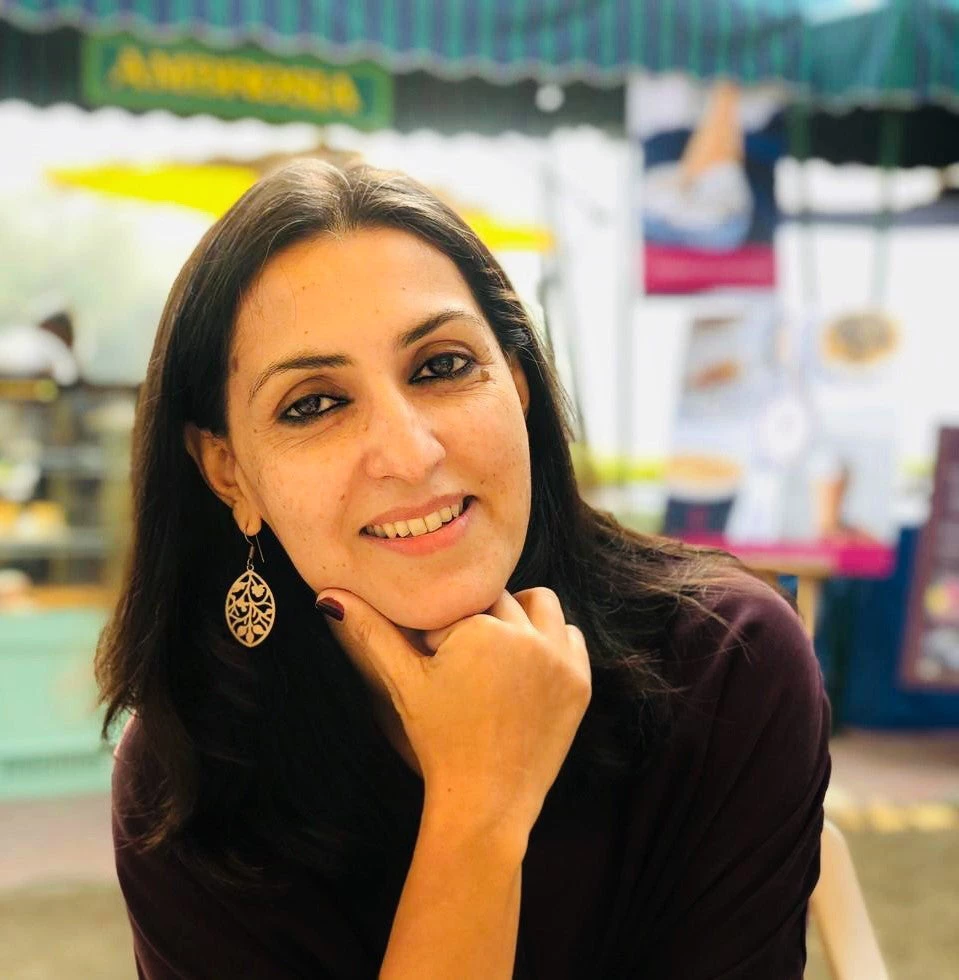Across South Asia, women represent a hugely underutilized source of growth. In fact, the South Asia region has some of the world’s lowest rates of female labor force participation - only 36%. Even where women work, they are mostly confined to less-remunerative low-skill jobs, and remain excluded from most trading activity. To make it easier for more women to work in all fields of endeavor, World Bank projects in the region have begun to look at development projects through a more gender-focused perspective.
One such area is regional trade and connectivity. After a long hiatus, the political momentum for cooperation within the eastern region is growing, especially in the Bangladesh Bhutan India Nepal (BBIN) corridor. The Indian government’s Act East Policy, combined with the new Motor Vehicles Act that allows vehicles to cross the BBIN border with ease, represent a unique opportunity to reimagine inclusive growth by enabling more of the region’s women to benefit from this corridor.
Accordingly, the South Asia Regional Trade Facilitation Program (SARTFP), an Australian government-funded program being implemented by the World Bank, seeks to improve the conditions for women to trade between these nations and to create more remunerative livelihoods.
The trade facilitation program has begun to take stock of the situation. At a workshop in New Delhi in April 2017, for instance, women traders from the region spoke about the practical issues that hinder them from participating in cross-border trade. Ms Jesmina Zeliang from Nagaland spoke of the check points and security personnel that often hassle women traders. Ms Dolly Khongla of Meghalaya described the need to deal with male counterparts at each step of the trading process. Women also cited the lack of proper infrastructure at the border posts - such as the absence of women’s washrooms and spaces to tend to accompanying infants. This, coupled with safety and security concerns, created an environment that was not conducive to women’s participation in trade, they said.
The program is now using ‘game changing’ analytical work to bring new insights into the issues that hamper women from participating in regional trade. Not surprisingly, the first area the program seeks to address is transportation. For this, the program is looking at road, rail and inland water transport from a gender perspective. A study, due to be completed in 2018, is mining spatial data to not only identify the safety risks faced by women, but also by children, senior citizens, and people with disability, with a view to increasing their use of inland water transport. These inputs will feed into the design and implementation of the large investments that are being planned to improve passenger services and vehicle accessibility across the Brahmaputra river.
The second area is trade. Various government programs from tourism to livelihood development are being encouraged to adopt a gender-inclusive approach. The program is also financing economic research to identify trade corridors and specific value chains to make them friendlier for the participation of women-traders and micro / small entrepreneurs. With this in mind, discourse and discussion between government decision-makers and the private sector are being supported.
Lessons and findings from these activities will be widely disseminated among the key stakeholders to inform and influence current and future international trade initiatives.



Join the Conversation